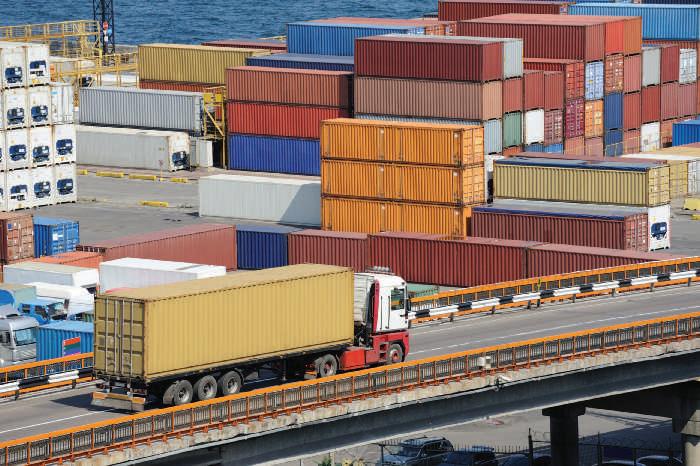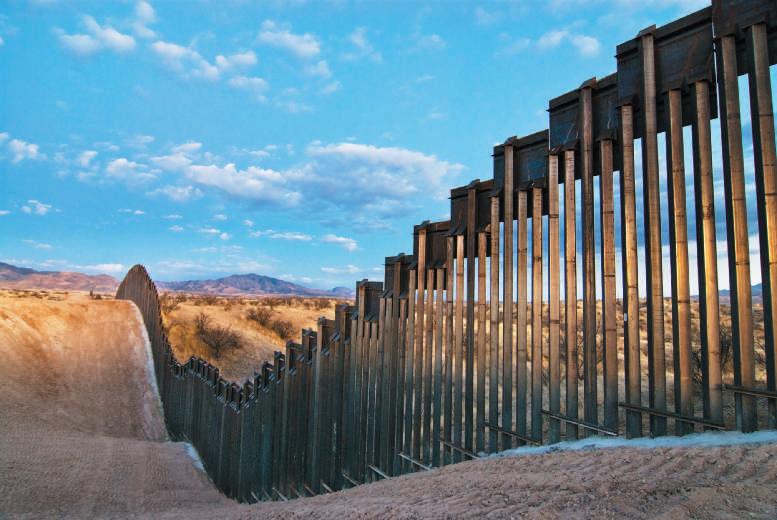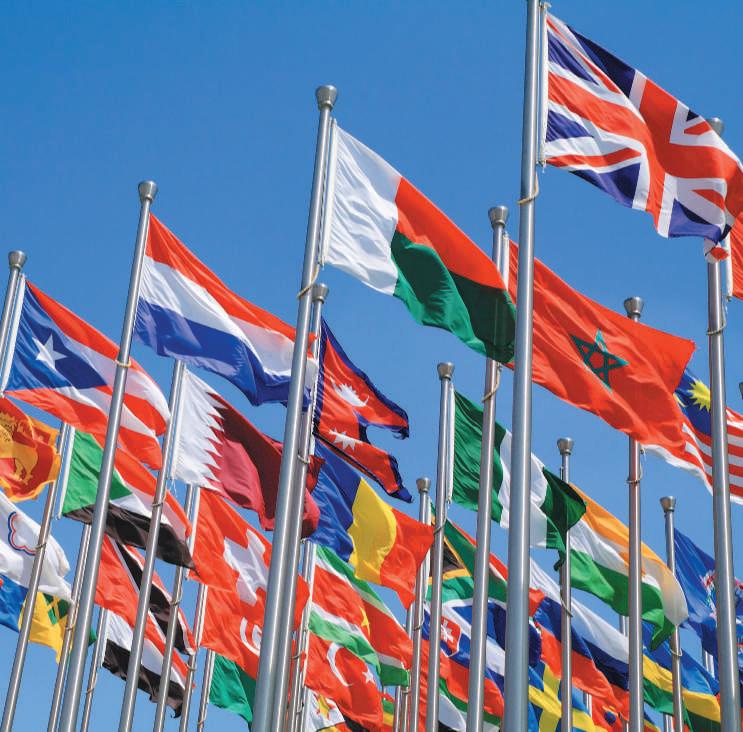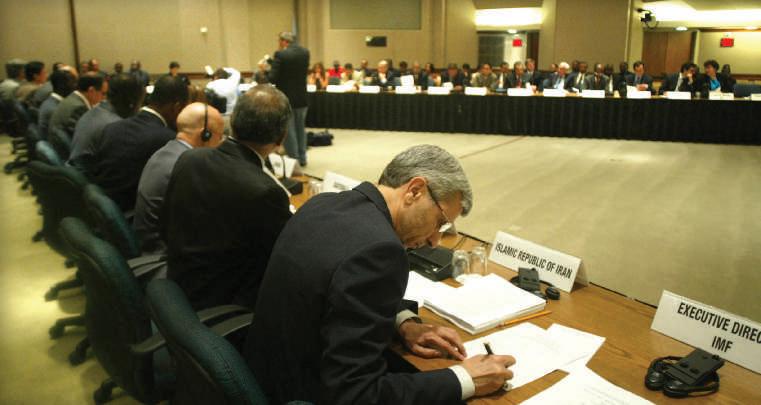40
C h a p t e r 2 T h e E v ol u t i o n o f I n t e r n a t i o n a l B u s i n e s s
almost two-thirds. Among middle-income countries, China, as we discussed earlier, has been consistently attracting the largest amount of FDI because of its well-developed infrastructure and its strategic position as the low-cost manufacturing center of the world. Singapore, a regional center for global companies, continues to attract sizable amounts of foreign investment given its strategic location, world-class infrastructure, and productive workforce. India, as mentioned earlier, is a major player in the service sector and has recently witnessed a significant increase in FDI inflow. Oil- and gas-rich Colombia, Russia, Kazakhstan, and Nigeria have been attracting foreign investment primarily in the energy sector. Because of NAFTA, Mexico consistently draws a significant amount of investment from the United States and Canada. Brazil, rich in natural resources and also a manufacturing powerhouse in the Western Hemisphere, will continue to draw significant amounts of foreign investment.
R e a l i t y C h e c k LO-1 Visit the retail store where you purchase everyday necessities and pick out ten items that you regularly use. Now, look at the labels and find out how many of them come from abroad. Can you imagine what your life would be like if we did not have international trade?
LO-2 Describe the major international trade theories and how they operate
mercantilism
a theory of international trade that supports the premise that a nation could only gain from trade if it had a trade surplus
factors of production
endowments used to produce goods and services: land (quantity, quality, and mineral resources beneath it), labor (quantity and skills), capital (cost), and technology (quality)
trade surplus
when the value of exports exceeds the value of imports; the opposite of a trade deficit
2-2 Major Theories of International Trade No single nation in the world is capable of producing and consuming all the goods and services that its citizens want or need. Neither does any nation have the required resources— minerals, agricultural land, skilled labor, machinery, technology, and the like—to produce the wide range of goods and services that people in our modern economy desire. Therefore, nations of the world need to trade. An understanding of how major trade theories have evolved is important. First, these theories provide an appreciation for the progress made in understanding how trade (and gains from trade) really works in an open economy. Second, these theories present a rationale why restriction to trade should be minimized even when domestic economic and business conditions seem awful. If policy-makers ignore trade theory, they are likely to repeat past mistakes, which could then lead to trade retaliation and lower global living standards.
2-2a W ealth Accumulation as a Basis for Trade Theory: Mercantilism Mercantilism is a theory of international trade that supports the premise that a nation could only gain from trade if it had a trade surplus, that is, more exporting than importing. Mercantilism is the oldest form of trade theory; it was practiced during the 1500–1750 period as Europe emerged from the feudal systems of the Middle Ages and moved toward nationalism. During this period, money consisted almost exclusively of gold and silver coins; bank notes were rarely used, largely because of a lack of trust in them. Wealth, at a personal or national level, was largely determined by the amount of precious metal (gold and silver) to which one had access. Land and labor were considered less important, because they were primarily factors of production that were needed to generate wealth—gold and silver. Mercantilists believed that for a nation to become wealthy, that nation must export as much as possible and, in turn, import as little as possible. Their objective was to see that, as a nation, the value of exports must always exceed those of imports so that the country would have a trade surplus. Their rationale was simple: exports generate income,
Copyright 2017 Cengage Learning. All Rights Reserved. May not be copied, scanned, or duplicated, in whole or in part. Due to electronic rights, some third party content may be suppressed from the eBook and/or eChapter(s). Editorial review has deemed that any suppressed content does not materially affect the overall learning experience. Cengage Learning reserves the right to remove additional content at any time if subsequent rights restrictions require it.







































